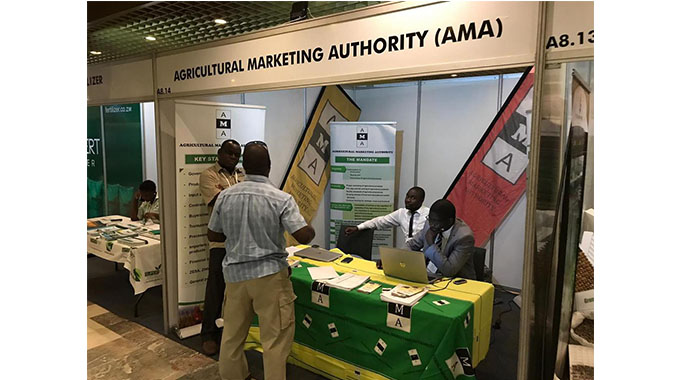AMA urges farmers to pay livestock levy
STAKEHOLDERS in the agricultural sector, especially the private sector, have been called upon to complement government efforts to grow the sector through paying the livestock development levy.
In 2017, Lands, Agriculture, Fisheries, Water and Rural Development minister Anxious Masuka promulgated the Agricultural Marketing Authority (Livestock Development Levy) Regulations, 2017 under Statutory Instrument 129 of 2017.
The aim of the regulations was to establish a livestock development levy, provide for its uses and the disbursement thereof.
Advertisements
The levy is part of the Agricultural Marketing Fund, which is set up under the Agricultural Marketing Authority (AMA) Act.
However, there has been misconception regarding the levy, which, however, serves as an important enabler in the livestock sector.
“There has been reluctancy by stakeholders to contribute to this levy. The advantages of doing so are many,” AMA chief executive officer Clever Isaya said in an interview.
The levy is payable by those in the business of production of chicks, buying of raw milk and slaughtering of beef cattle.
Isaya said the purpose of the levy was to promote the sector, aid in surveillance, prevention and control of animal diseases, research on appropriate technologies in livestock production and animal health, transparent grading and classification of livestock and livestock products, orderly marketing of livestock, investment in veterinary infrastructure as well as promotion of sustainable animal husbandry practices.
The country is still facing the challenge of tick-borne diseases among them Theileriosis (popularly known as January disease), foot and mouth and red water, among others, which have the potential of reversing government’s thrust to re-build the national head.
“It is critical that all resources are harnessed towards the rehabilitation and consistent dipping of cattle, which are proven methods of containing menacing diseases,” he said.
“The Presidential Tick Grease Programme has been very successful and millions of farmers across the country have benefited from the same.
“The livestock development levy must effectively contribute to this cause. The levy remains an enabler in the livestock sector.”
The rate payable by producers of day-old chicks is US$0,01 per day old chick. Buyers of raw milk pay US$0,01 per litre and abattoirs pay US$10 of the value of a fifth quarter per animal slaughtered.
“We call upon all stakeholders to move together in this important drive to safeguard the national herd. Government must not walk alone in this important journey,” he added.
January is usually the peak period of Theileriosis, hence the name January disease.
More than 65% of cattle deaths in Zimbabwe are caused by tickborne diseases and since 2016, more 500 000 cattle have succumbed to these diseases.-newsday








